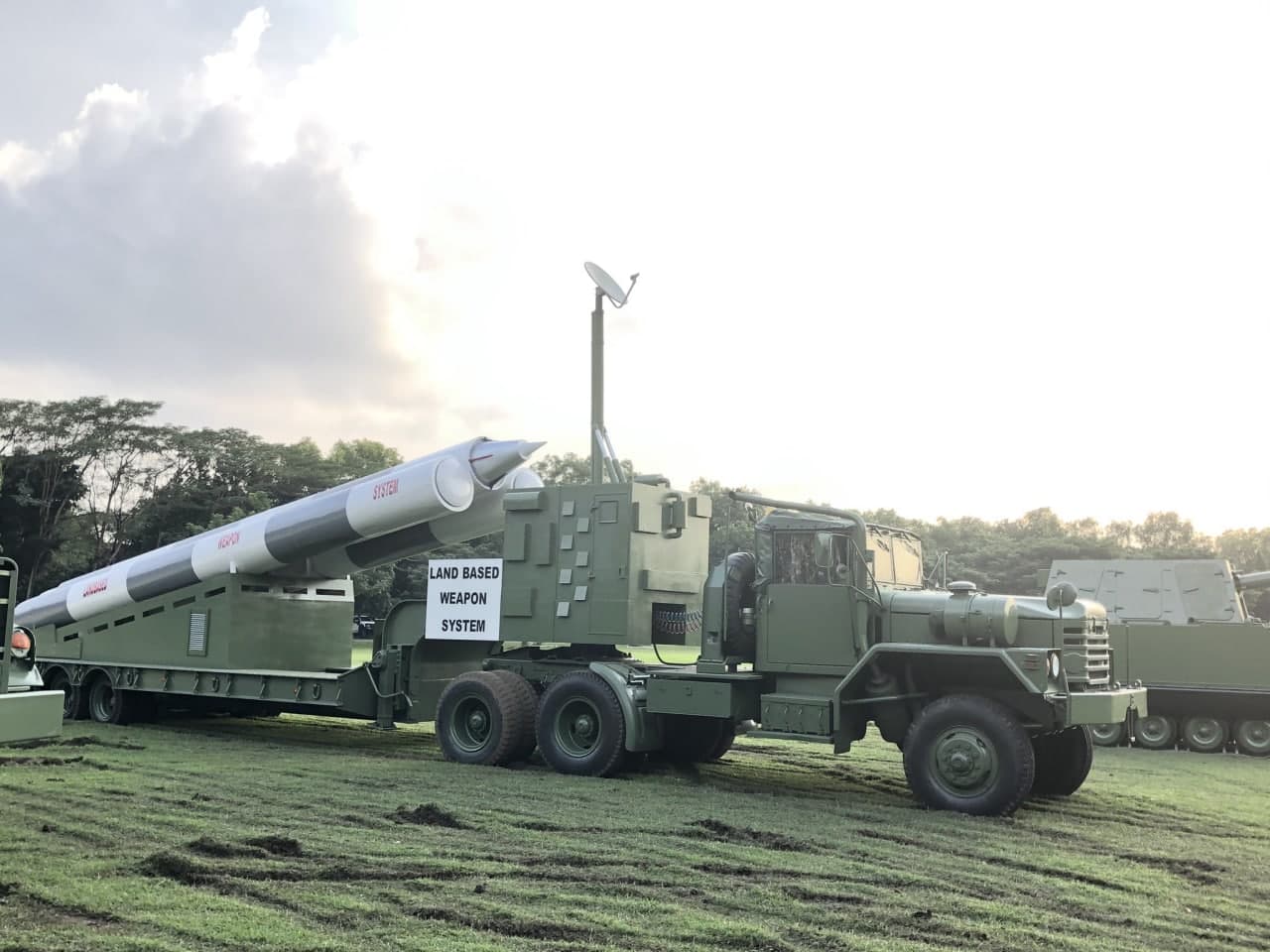SOURCE: RAUNAK KUNDE / NEWS BEAT / IDRW.ORG

India is poised to begin deliveries of its BrahMos supersonic cruise missiles to the Philippines, marking a significant milestone in defence cooperation between the two nations. The deal, valued at $374.96 million, was signed in January 2022 and includes three batteries of BrahMos missiles, training for operators and support staff, and an Integrated Logistics Support (ILS) package.
The BrahMos missiles will significantly bolster the Philippines’ maritime defence capabilities, particularly in the face of territorial disputes in the South China Sea. The supersonic missiles boast a range of up to 290 kilometres and can penetrate even the most robust ship hulls, making them a potent deterrent against potential threats.
Initial deliveries of the BrahMos system are expected to commence within the next week or two, with the remaining batteries arriving either later this year or early next year. Around 21 Philippine Navy personnel have already been trained in operating the Shore-Based Anti-Ship Missile System (SBASMS) that will be deployed.
The BrahMos deal signifies a growing defence partnership between India and the Philippines. The Philippine Army is also reportedly interested in acquiring BrahMos missiles in a separate deal, potentially leading to an even larger contract for India. This increased cooperation underscores the mutual interest in maintaining regional security and stability in the Indo-Pacific.
The BrahMos deal extends beyond a simple arms sale. It represents a strategic shift in the Indo-Pacific, with India emerging as a key provider of defence technology and equipment. This development could potentially reshape regional power dynamics and influence future security partnerships in the area.
It is important to note that the exact date and details of the first deliveries are still under wraps. However, the imminent arrival of the BrahMos missiles marks a new chapter in India-Philippines defence relations and holds wider implications for the security landscape of the Indo-Pacific.
NOTE : Article cannot be reproduced without written permission of idrw.org in any form even for YouTube Videos to avoid Copy right strikes. Websites doing illegal reproductions will get DCMA and Legal Notices.